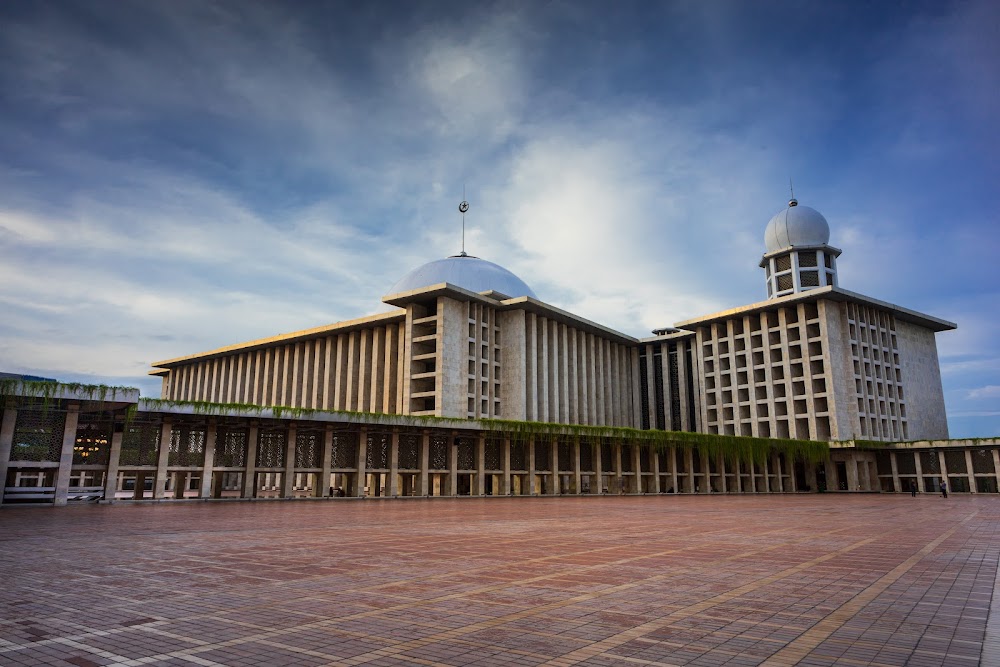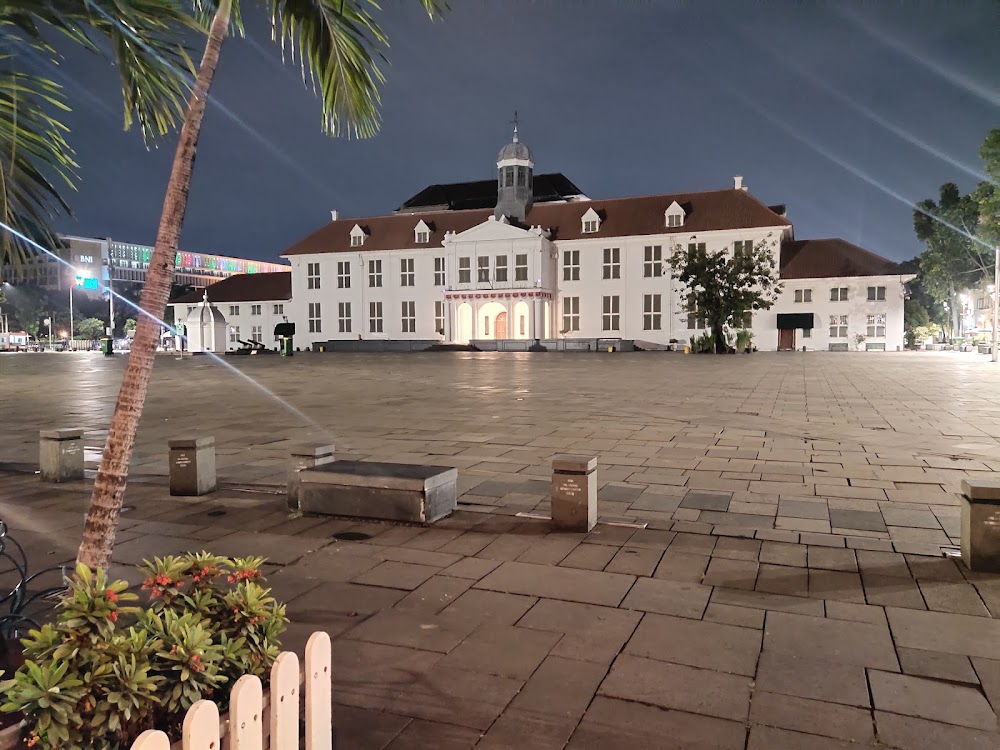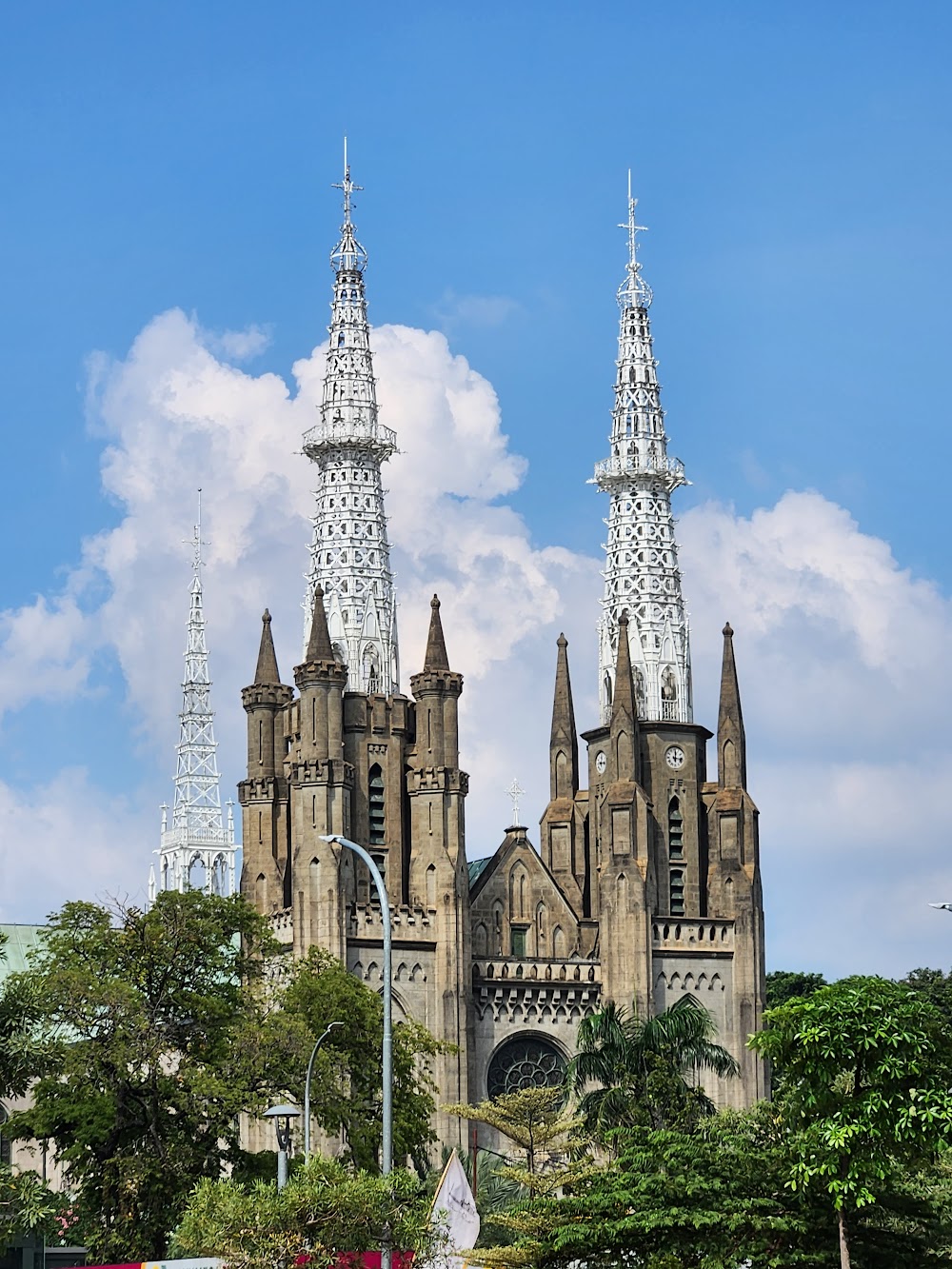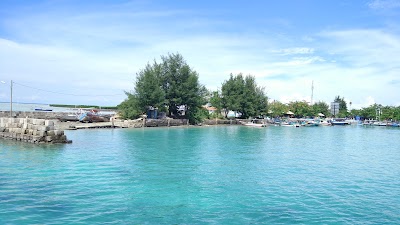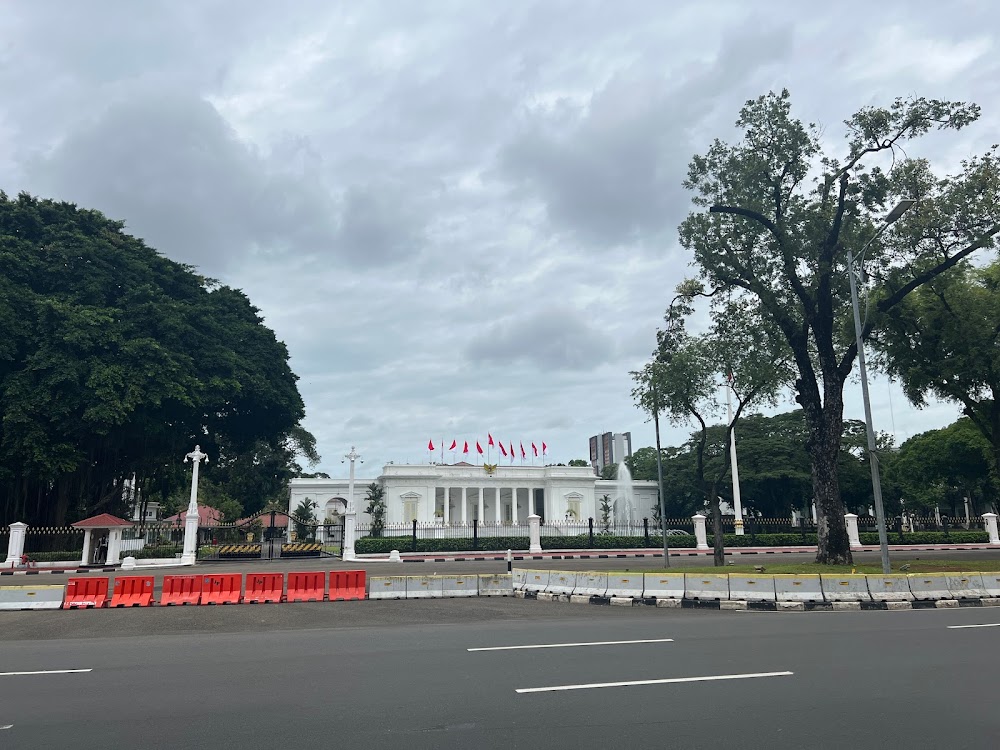Istiqlal Mosque (Masjid Istiqlal)
Overview
Istiqlal Mosque: A Symbol of Independence and Unity
Istiqlal Mosque, located in the heart of Central Jakarta, Indonesia, stands as one of the largest mosques in Southeast Asia. The name "Istiqlal," which translates to "independence" in Arabic, signifies Indonesia's liberation from Dutch colonial rule. The vision for this grand national mosque was conceived in 1955 by Indonesia's first president, Sukarno, who aimed to create a monument that reflected the new nation's identity, unity, and progress.
A Testament to Religious Tolerance
The design competition for Istiqlal attracted numerous talented architects, with a Christian architect named Frederich Silaban ultimately winning the honor. This choice beautifully illustrates Indonesia's commitment to religious tolerance. The mosque's design masterfully combines modern architectural styles with traditional Islamic motifs, featuring a striking large dome and a towering minaret that can be seen from miles away, creating a prominent silhouette in the Jakarta skyline.
The Journey of Construction
Construction commenced on August 24, 1961, under the direct supervision of President Sukarno. To accommodate this magnificent structure, an old Dutch fort and a Christian cemetery were relocated. The site was meticulously chosen for its proximity to significant landmarks such as Merdeka Square, the Presidential Palace, and the Jakarta Cathedral, symbolizing Indonesia's religious harmony.
Building the mosque was a monumental task that involved over 500 Indonesian workers dedicated to laying bricks, casting concrete, and installing intricate details. Constructed primarily with reinforced concrete and adorned with imported Italian marble, Istiqlal's majestic appearance captivates visitors.
Architectural Marvels
The mosque's main structure boasts a vast prayer hall capable of accommodating over 120,000 worshippers. The central dome, measuring 45 meters in diameter, symbolizes the year of Indonesia's independence (1945) and is supported by twelve massive columns representing the birthday of the Prophet Muhammad. The minaret, standing at 96.66 meters tall, symbolizes the greatness of God and emits the call to prayer through loudspeakers that resonate throughout the surrounding area.
Inside, Istiqlal's interior embodies a simple yet elegant aesthetic, adorned with beautiful calligraphy and intricate Islamic geometric patterns. The mosque also features several smaller domes and a spacious courtyard, often utilized for both religious and social functions. The seven gates of the mosque symbolize the seven heavens in Islamic cosmology.
Overcoming Challenges
The construction faced numerous challenges, including political shifts and funding issues, yet perseverance prevailed. After 17 years of unwavering effort, Istiqlal Mosque was officially inaugurated on February 22, 1978, by President Suharto, even though the project had begun under President Sukarno's leadership.
A Cultural Beacon
Upon its completion, Istiqlal Mosque emerged as a powerful symbol of Indonesian independence, unity, and religious harmony. It continues to serve a vital role in the Islamic community, hosting large congregational prayers during Ramadan and Eid celebrations. Additionally, the mosque has become a significant tourist attraction, drawing visitors from around the globe who come to admire its architectural splendor and cultural significance.
Preserving Heritage
Efforts to maintain and preserve Istiqlal Mosque have been ongoing over the years, with a major renovation completed in 2020. This ensures that the mosque remains a testament to Indonesia's resilient spirit and rich heritage for generations to come, standing tall as a beacon of faith and unity.


